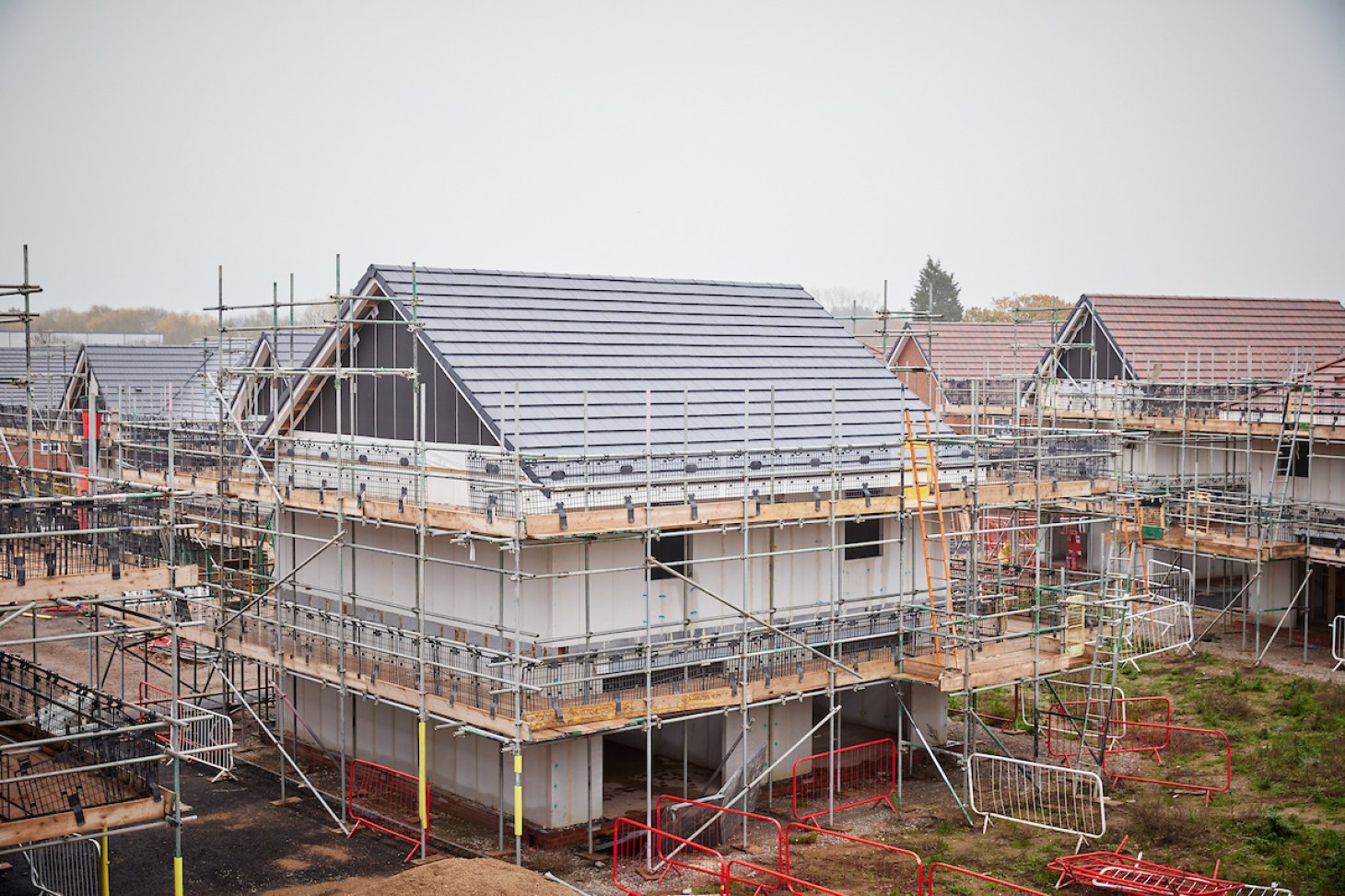
The failures of volumetric construction are taking their toll on the perception of other Modern Methods of Construction (MMC). They risk creating a misleadingly negative view of what could be effective solutions for meeting the UK’s housing demand.
The terminology around MMC was introduced to define and encourage innovative and efficient construction techniques. For too many people, the term MMC is synonymous with volumetric modular construction. This extreme definition of MMC is actually only one of many categories of MMC and many of its problems are unique.
This is not just a failure of accurate terminology. When the broad objectives of MMC are confused with volumetric modular it can be costly. A great deal of taxpayers’ money has been spent on supporting volumetric enterprises at the expense of supporting other, more practical MMC technologies.
This confusion runs deep: Anna Clarke, Director of Policy and Public Affairs at the Housing Forum, told the Housing Committee recently that "almost all" that had tried MMC had been "bitten and were not going to do it again". Although she did note things were "more positive" for panellised systems, the assumption that MMC means volumetric was reinforced.
What is the problem with volumetric construction?
Volumetric modular homes are built in factories and then transported to site. Replacing weather-dependent, messy on-site construction with a controlled factory environment might seem enticing, but, aside from technical challenges, the model faces huge challenges associated with the volatility of the UK housebuilding sector.
Volumetric factories require massive investment, especially for the initial start-up. In order to pay back this investment and support operations, a reliable product demand is crucial. The UK housing market is heavily dependent on consumer confidence which causes fluctuations and doesn’t provide the consistency that volumetric factories need.
This financial issue is repeatedly evident with the failure of several large modular companies, despite the government investing millions of pounds of public money into the concept.
Is the issue MMC or our terminology?
The depressing news about volumetric repeatedly overshadows the success of other MMC, particularly Category Two, which involves pre-manufactured components rather than entire units.
When investigating the issues surrounding MMC, the Built Environment Select Committee acknowledged the success of much Category Two MMC, as well as the other categories, excluding modular.
H+H Vertical Wall Panels (VWPs) support one such system allowing for fast, efficient builds with reduced site wastage. The watertight shell of a house can be built in just five days when VWPS are combined with prefabricated floors and roofs to create an MMC Category Two complete housebuilding package.
John Tonkiss, Chief Executive of McCarthy Stone, says panellised components can be used for faster completion than traditionally constructed sites, with fewer defects and less reliance on local supply chains. He also highlights the benefits to housebuilders of more flexible transportation and assembly compared to modular assemblies, particularly for tight urban brownfield sites.
Category Two provides scalable solutions that work efficiently for regional housebuilders delivering a few units, as well as for major housebuilders delivering hundreds. Unlike other modular solutions, VWPs are made of aircrete – a material that follow-on trades are familiar with. This helps reduce the amount of training and new skills needed to accommodate the solution, and allows for faster build completion.
Category Two solutions have already proven successful. H+H Vertical Wall Panels were introduced to the UK in 2017 and have been used to construct almost 2,000 homes to date. However, the success of systems like this aren’t always immediately recognised as MMC. The State of MMC Delivery in Social Housing survey reported that 5,276 homes were completed with MMC in 2022/23, of which the majority were constructed using Category Two solutions. Conducted by the National Housing Federation and Building Better, the survey found 96% of social housing associations were in favour of using MMC.
Clearly MMC can be successful, but if its reputation is off-putting – how do we move forward? The confusion over terminology is detracting from MMC’s core purpose of using fast, effective methods to build homes. Whether we scrap the current jargon and start afresh, or we redefine MMC by separating volumetric from the rest, we must direct our focus to proven construction solutions to help meet government housing targets.
Sources
https://parliamentlive.tv/event/index/d2fbea2b-5ac2-4424-a494-f67c5524ed6f
https://www.insidehousing.co.uk/comment/its-time-to-get-serious-about-mmc-86178
https://www.housing.org.uk/resources/state-of-mmc-delivery-in-social-housing-report/